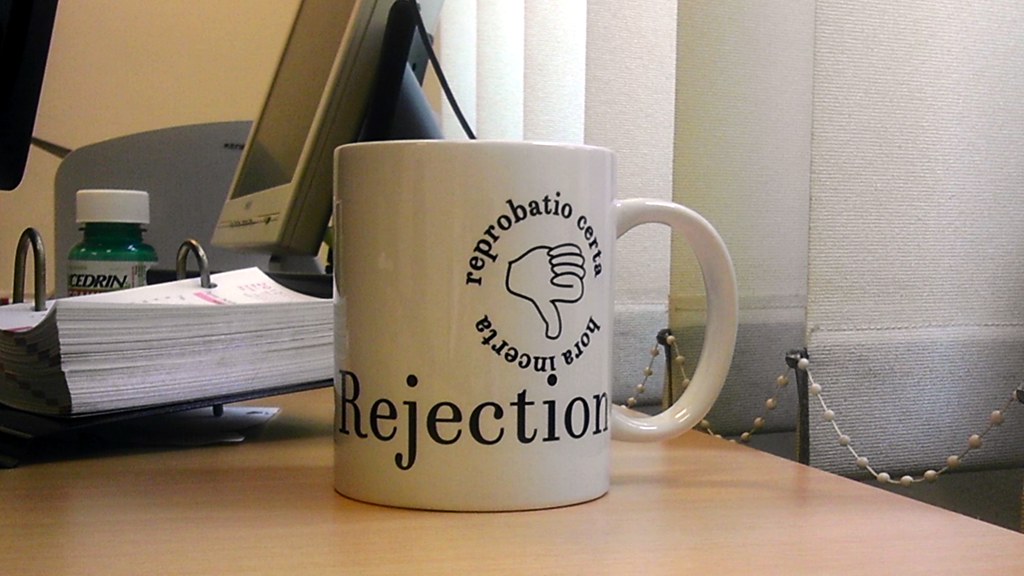How to Deal with Rejection
So after last week, you’ve picked what journal to submit to, and you wait (and wait and wait) to see whether your paper is accepted. When the day finally comes, your paper hasn’t been accepted. And if you’re like me, you get filled with a range of emotion to the point of crying.
But as was pointed out to me recently in an email from the National Center for Faculty Development and Diversity, we should think of rejection rates like batting averages. A batting average of .4000 is almost unheard of. And a batting average of .2500 is pretty good. So if one out of every four submissions is accepted, you’re doing pretty well.
So, after about a week when the sting of the rejection is not quite strong, I would suggest reading thoroughly through the reviews. The associate editor should have given his/her own opinion along with a summary of the strongest points from the other reviewers. Analyze these reviews. They should give you good feedback. In fact, for scholars who have moved on from having an adviser, they often look at the feedback from reviewers as the type of feedback they would have received from their adviser.
If the reviews don’t have any major corrections in terms of methodology, analysis, organization, or conclusions but just don’t seem that excited about the results, you’re in luck. You may have simply targeted the wrong journal in terms of audience so make the minor corrections and submit the article as soon as you can (within a week or two) to another journal that might be more interested in your topic.
If the reviews ask for more substantial changes in terms of methodology, analysis, organization, or conclusions, you need to determine which of these suggestions is feasible in a reasonable amount of time (one or maybe two months). Sometimes you can’t rerun an experiment or go back into the field, sometimes you can. More than likely you probably just need to explain more explicitly your reasoning of why you did what you did or acknowledge the limitations of your study. Often we are so familiar with our work that steps become obvious to us that are not obvious to people outside our lab, or reviewers (especially those who are on the periphery of our research specialty) take a leap to a conclusion that we did not intend them to take. Try to make these revisions as soon as you can and resubmit to either the same journal with a cover letter saying how you have addressed the previous reviews or to a different journal.
Some people suggest resubmitting papers as is even if more substantial changes have been requested. I personally don’t think this is the best idea. Keep in mind that even if you submit to another journal, you might end up with the same associate editor or reviewers, and they get annoyed if they have to review a paper again that they didn’t like the first time. I’ve actually had two or three people complain to me about this recently.
In very, very special circumstances, you might wish to appeal the decision or ask for new reviewers; but in general, you are probably better off submitting to a different journal. If a paper has been rejected three times after revisions, you might want to consider working on a different project or with some different data.
But the main point of this blog: resubmit, resubmit, resubmit!
The information for this blog comes partly from my own experience but mainly from these three posts from Tomorrow’s Professor: #197 How do you handle rejection, #754 On journal rejection, and #939 Responding to journal decisions.

Leave a Reply